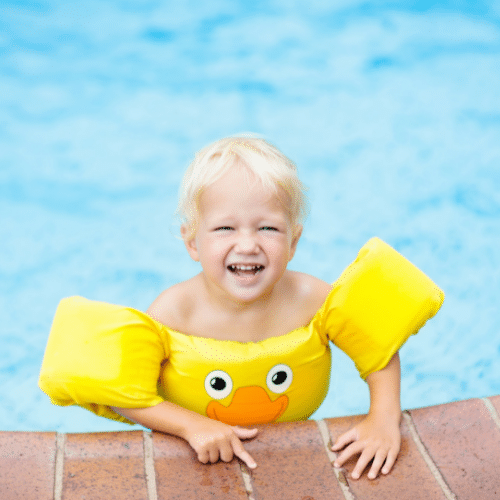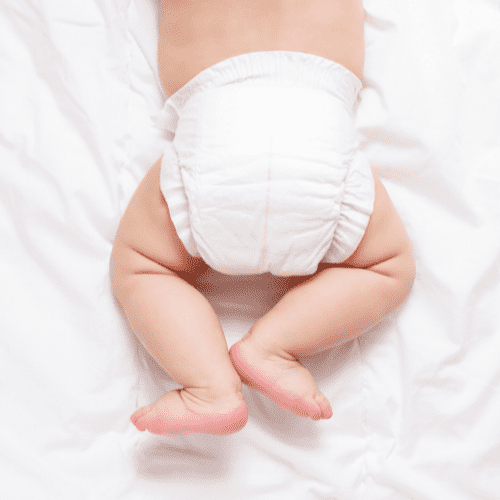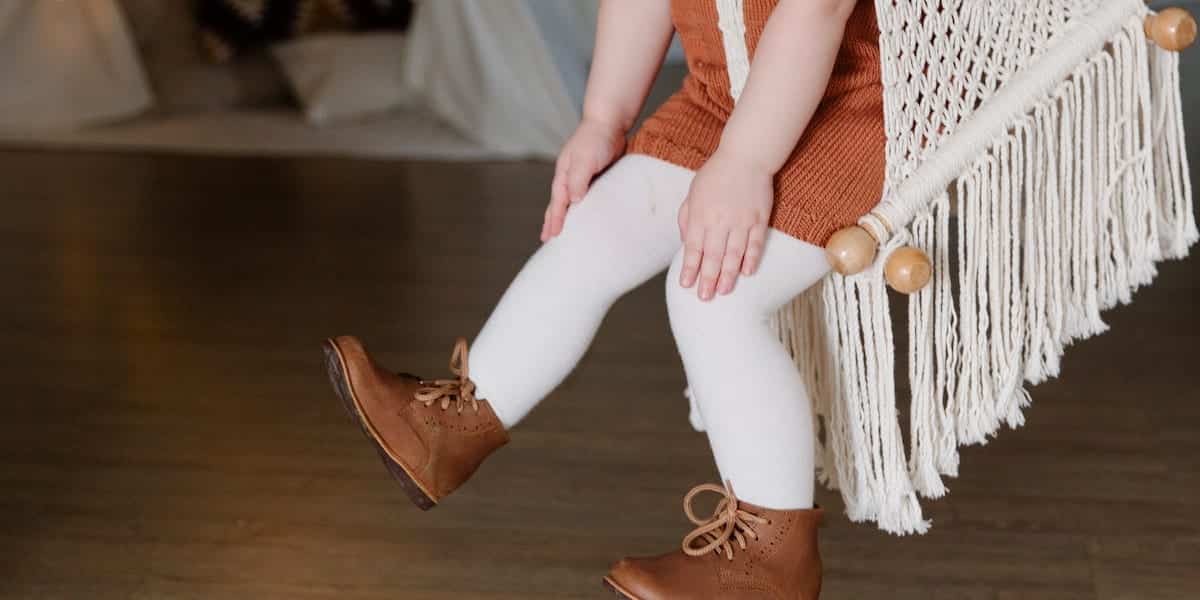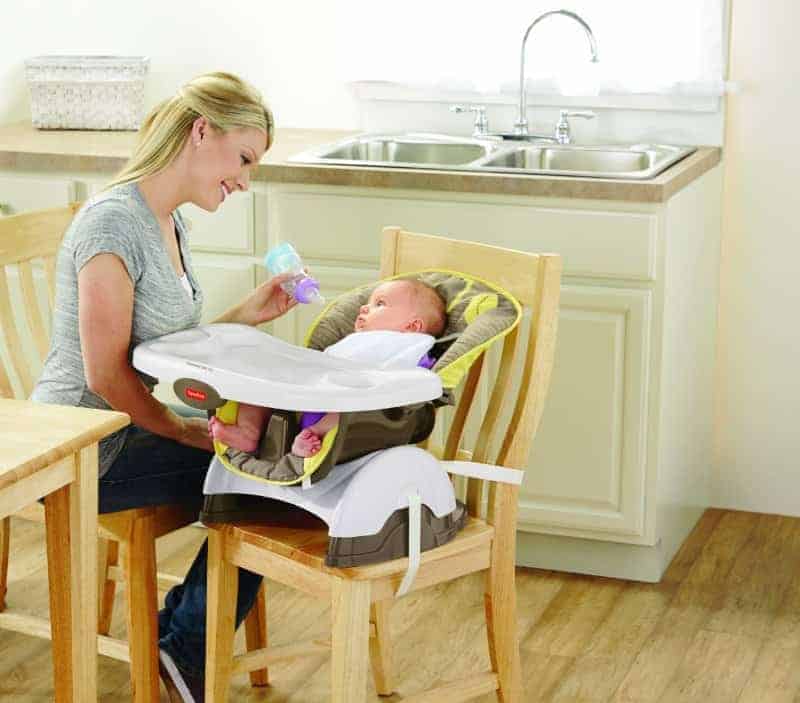During hot weather, sleeping for most adults can be a challenge. There’s nothing more uncomfortable than continuously waking in the night, in a bath of sweat with your sheets soaked.
While adults can easily get up and change their clothing and even flip their pillow over, babies aren’t able to do this.
Choosing the right material and layers is important not just for hot weather, but cold too. You want your baby to be comfortable and safe, so they also get a good night’s sleep.
As an Amazon Associate, I earn from qualifying purchases. The links below may be affiliate links. Please read my disclosure policy for more information.
How many layers your baby needs at night
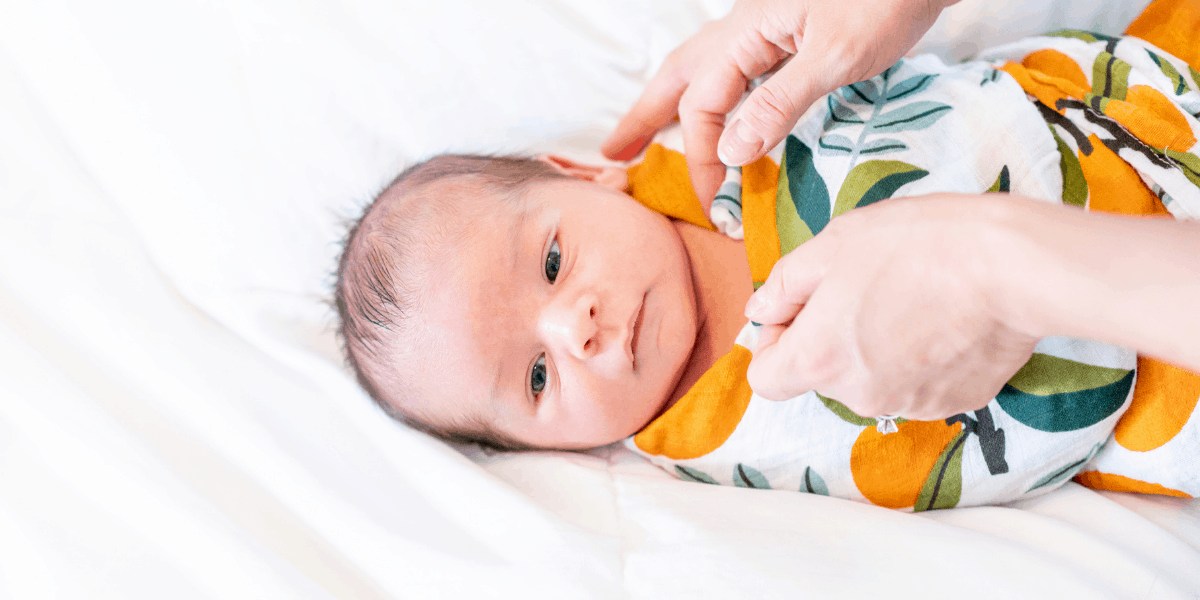
Each baby has its own preferences. The general rule of thumb is to dress them whatever you are comfortable wearing at night, plus one more layer. In 70-degree heat, this means a thin short-sleeved base layer and a wearable blanket or sleep sack.
Make sure your baby’s head is never covered and there are no ties or strings on the blankets. If you prefer a loose blanket, make sure it sits below your baby’s shoulders, preferably tucked under their arms.
Follow the “feet to foot” rule where your baby’s feet touch the end of the cot or bassinet; this prevents them wriggling further down their bed and ultimately, under the blanket. You will also need to tuck the blanket under the mattress to keep it in place.
However, for most parents, wearable blankets and sleep sacks are a far safer option and have no risk of riding up over your little one’s face.
However, they tend to be more expensive than blankets, so choosing the correct size with some room for growth is important. You don’t want it too big, resulting in your baby sliding into it, but too small means not only can your baby not stretch their legs fully, but it means you will end up buying a replacement sooner than needed.
Another option is a swaddle blanket. Some mothers prefer these. This is for newborns who have yet to turn over in their sleep. These blankets are normally thin and while some come with winged sides or fasteners, they are designed to wrap your baby up to make them feel safe, secure, and calm.
Again, not all babies like being swaddled. For those that don’t, wearable blankets are probably the preferred option and also the easiest. Plus, once a baby learns to roll over in their sleep, a swaddle blanket is no longer a safe option.
Best fabrics for warm nights
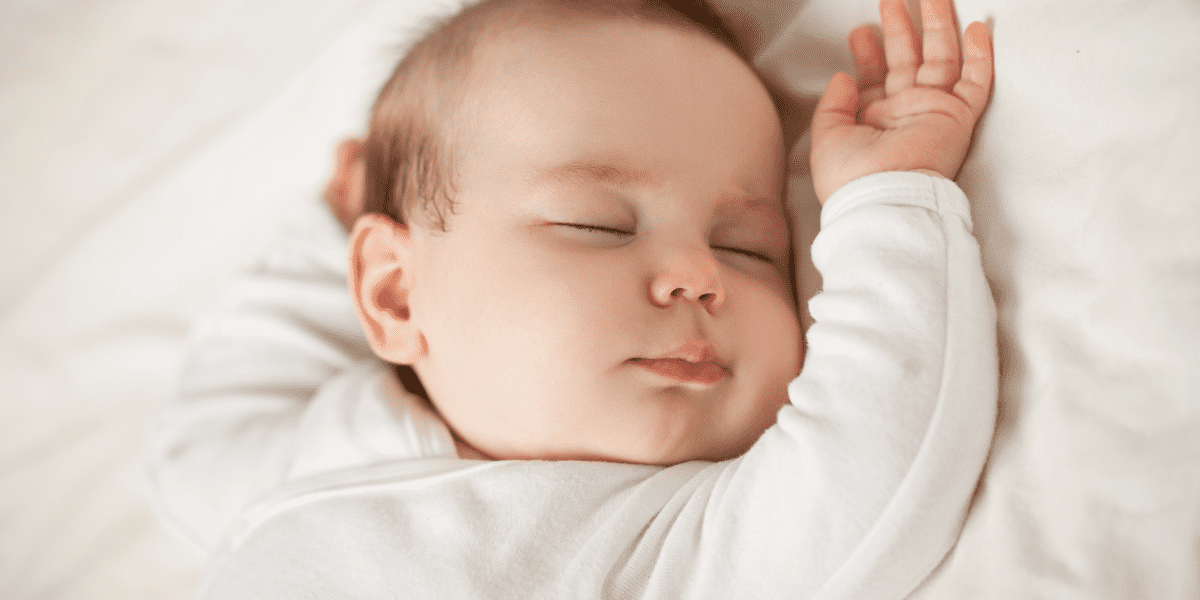
Different types of fabrics can affect how easily your baby’s skin can breathe. Natural fabrics will always allow for better air circulation than synthetic fibers.
Cotton is the most popular choice and the easiest to wash. It is also the most budget-friendly and most available.
Cotton comes in different thicknesses, often depending on the time of year and what the purpose of the clothing is. The thicker the cotton, the less breathable it is, and depending on the weave of the fabric, 100% cotton can be more prone to wear and tear.
For those on a smaller budget, a cotton and polyester blend (or polycotton) is just as good. The polyester within the cotton blend adds durability to the clothing, allowing it to last longer and resist shrinking in hot washes and the dryer.
Just make sure that the percentage of cotton is higher than the polyester, to ensure breathability and reduce any irritation.
Other natural fabrics include bamboo, linen and muslin. Bamboo is probably at the higher end of someone’s budget.
This is a more luxurious material, but one noted for its superb breathability, stretchiness and durability. Bamboo wrap slings for carrying your baby have become a very popular choice in recent years, owing to bamboo’s strong and long-lasting qualities.
Muslin is a type of linen, but much thinner. It’s a popular choice for washable wipes when feeding your baby, owing to the same durability as bamboo. However, it lacks any elasticity, and may only be suitable for very hot weather.
Linen is thicker than muslin, and many people prefer linen over cotton. The reasons for this are that linen is naturally hypoallergenic, making a fantastic choice for more sensitive babies.
The material is derived from the flax plant, which has bacteriologic properties unique to this plant. This means fungi and bacteria have a more difficult time cultivating on the fabric itself.
Linen is known to be very breathable, even more so than cotton, and contains better temperature regulating abilities. For bedding, linen can be a better choice for babies as it will keep them warmer in colder weather and cooler in hotter weather.
However, as with bamboo, because the manufacturing process is more complicated, it is more expensive than plain cotton.
How to tell if your baby is too warm
Checking if your baby is comfortable without waking them is a skill most parents will quickly learn. Healthline research shows that between the ages of 0-12 months, a baby’s normal temperature should be between 94.8 degrees and 98.3 degrees Fahrenheit.
Although sticking a thermometer into their ear or armpit may not be the best idea when they are sleeping, you can gently place your hand on their chests or tummy. If their skin feels clammy or they are sweating on their forehead and neck, this is a sign they are too hot.
You can either carefully remove a layer of clothing, or if you have a fan close by, this can help reduce the temperature of the room and circulate the air. Just be sure to leave the door open or crack a window to allow fresh air into the room, so the fan is not circulating the same air around the room.
Ideally, the room temperature for young babies should be around 66-70 degrees Fahrenheit at night. Any hotter and there is a risk of SIDS.
Signs that they might be too cold
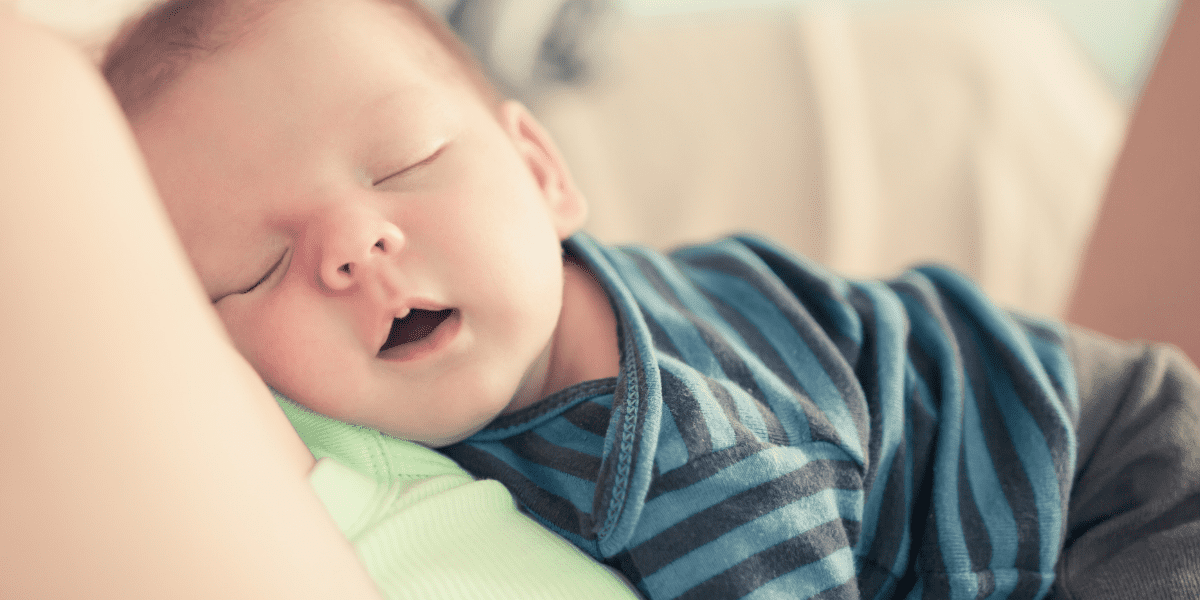
Although this article mainly looks at how to dress your baby in warmer temperatures, it is also good to know what signs to look out for if your little one is too cold.
In this instance, your baby’s hands and feet may mottle in color or they may sneeze without any signs of a virus. Paler skin than normal is also a sign.
Place extra layers on your baby if they show these signs. Skin to skin contact is also a good idea and provides your baby with a great source of natural heat until they warm up.
Do not be tempted to fall asleep, however, while holding your baby and that includes on a chair or sofa. Not only are they more at risk of SIDS, they can fall from you or you could roll onto them in your sleep.
Why heavy blankets are not safe
SIDS or Sudden Infant Death Syndrome is when a baby dies suddenly during sleep. Although research to date still cannot find a definite link, there are certain things to avoid to prevent this happening.
Thicker blankets can cause a baby to overheat. Some studies suggest that when a baby becomes too warm, it can increase the risk.
Therefore, thicker blankets or duvets are not recommended, plus it is harder to secure a thicker blanket under the mattress so it doesn’t ride up over your baby’s face at night.
Layers are far better than one thick blanket. That way, if your baby starts to feel too warm, you can simply remove a layer. This includes sleep sacks.
These are often designed to be removed easily where many have a front zipper that opens all the way to the feet.
Some mothers prefer to avoid such things altogether and simply dress their baby in layers of breathable clothing. It all depends on the preferences of your baby as well. Some mothers may find that what they prefer, their baby does not.
Tog ratings for differing temps
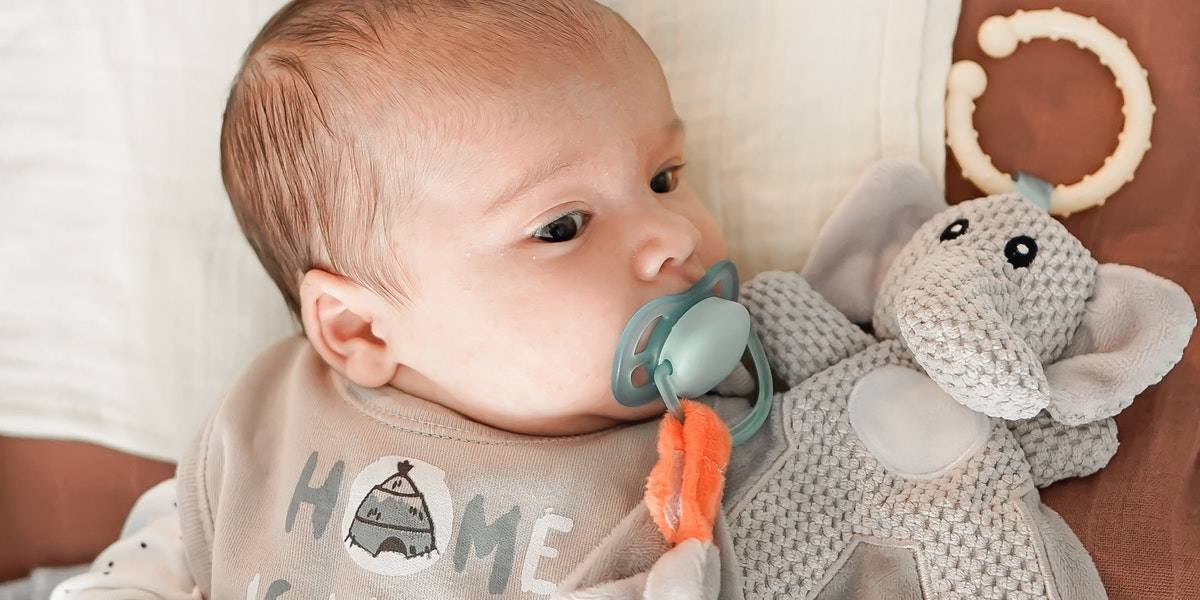
Just as duvets have different tog ratings for temperatures and time of year, so do sleep sacks and wearable blankets. The tog ratings on baby sleep sacks are lower than duvets owing to their design.
As a general rule of thumb, we shall look at the chart below displaying the tog rating and layers to wear regarding different temperatures. According to Sleepadvisor.org, this provides general guidance on layers. Starting with the cooler temperatures, and working up to the warmer ones:
64° – 68°F → Long-sleeve onesie + long-sleeve pajamas + 1 tog sleep sack
69° – 70°F → Short-sleeve onesie + long-sleeve pajamas + 1 tog sleep sack
71° – 74°F → Long-sleeve pajamas + 0.5 tog sleep sack
75° – 77°F → Short-sleeve onesie + 0.5 tog sleep sack
Any warmer than this and a sleep sack doesn’t need to be used. A simple short-sleeved onesie or even just a diaper should be sufficient.
Conclusion
As mentioned, each baby is different. Some will tolerate warmer temperatures than others.
It is all a matter of trial and error when seeing how well they cope in warmer weather. Most baby clothes are designed to be easily removed and replaced, including the sleep sacks.
Even if your budget does not extend to using sleep sacks in the long-term, they can still be a handy alternative to blankets in the short-term while the weather is at its hottest.
However, if you find even after you have tried all the necessary things to keep them cool and they are still uncomfortable or irritable, always speak to your healthcare provider.

